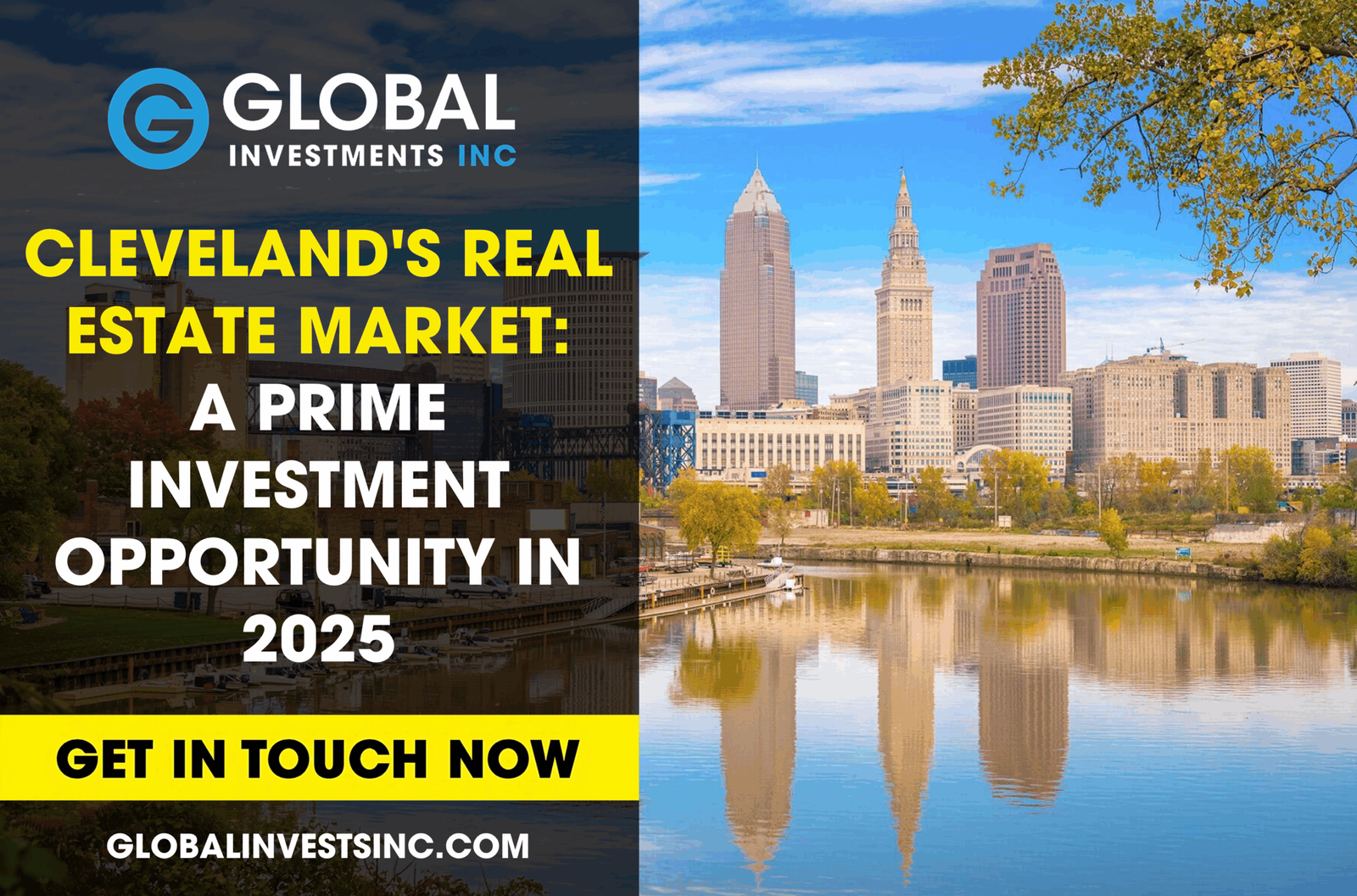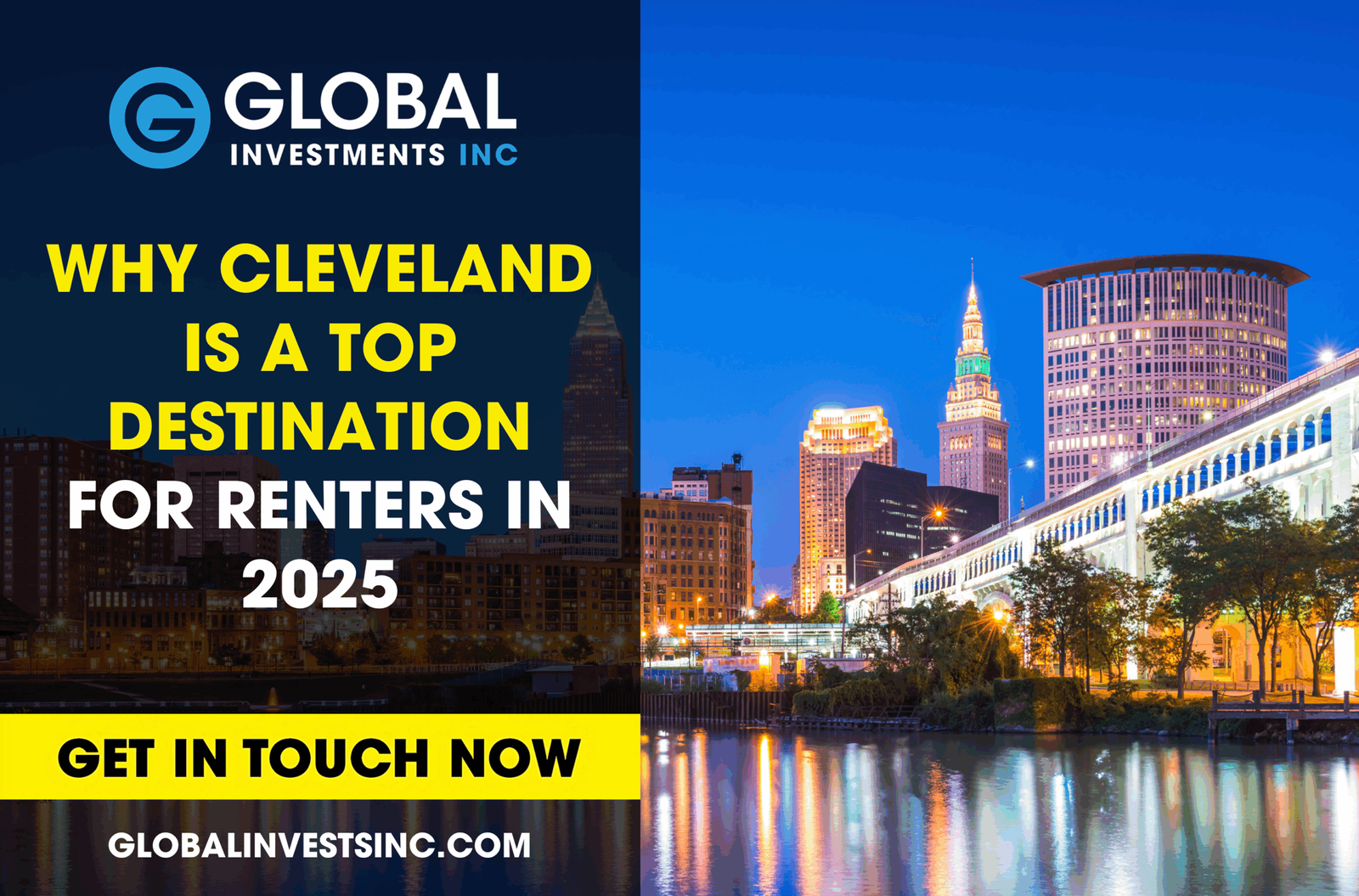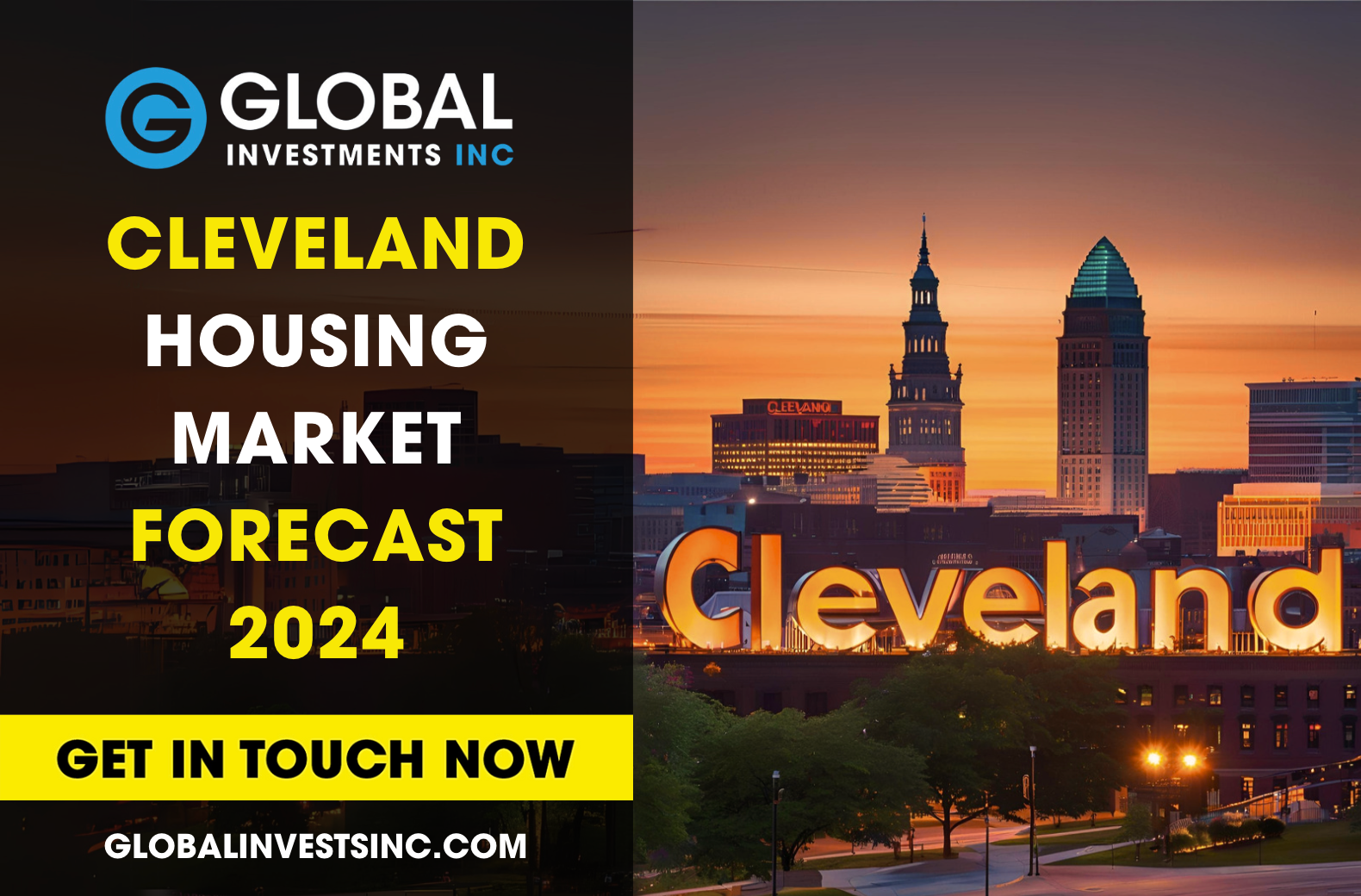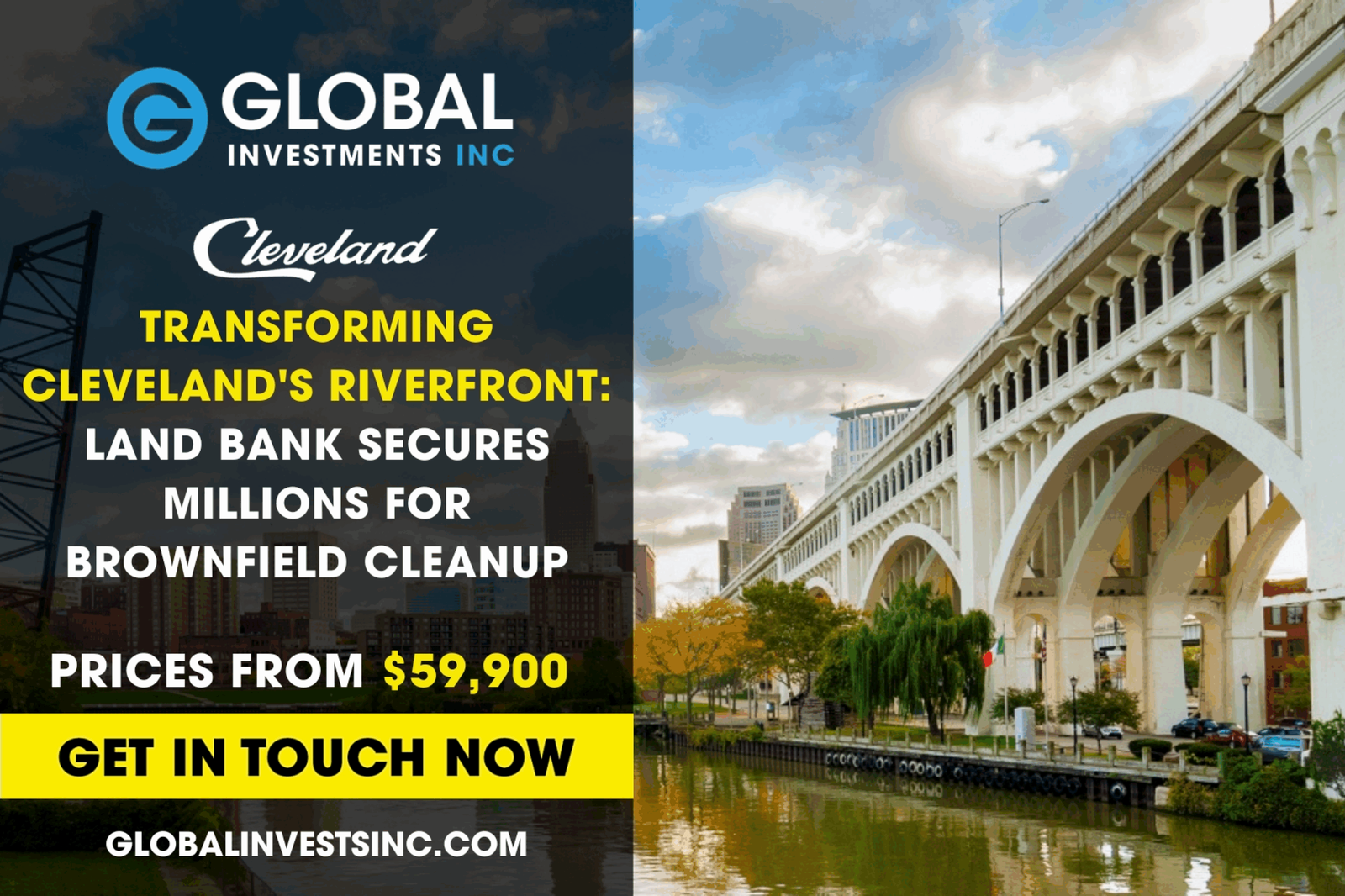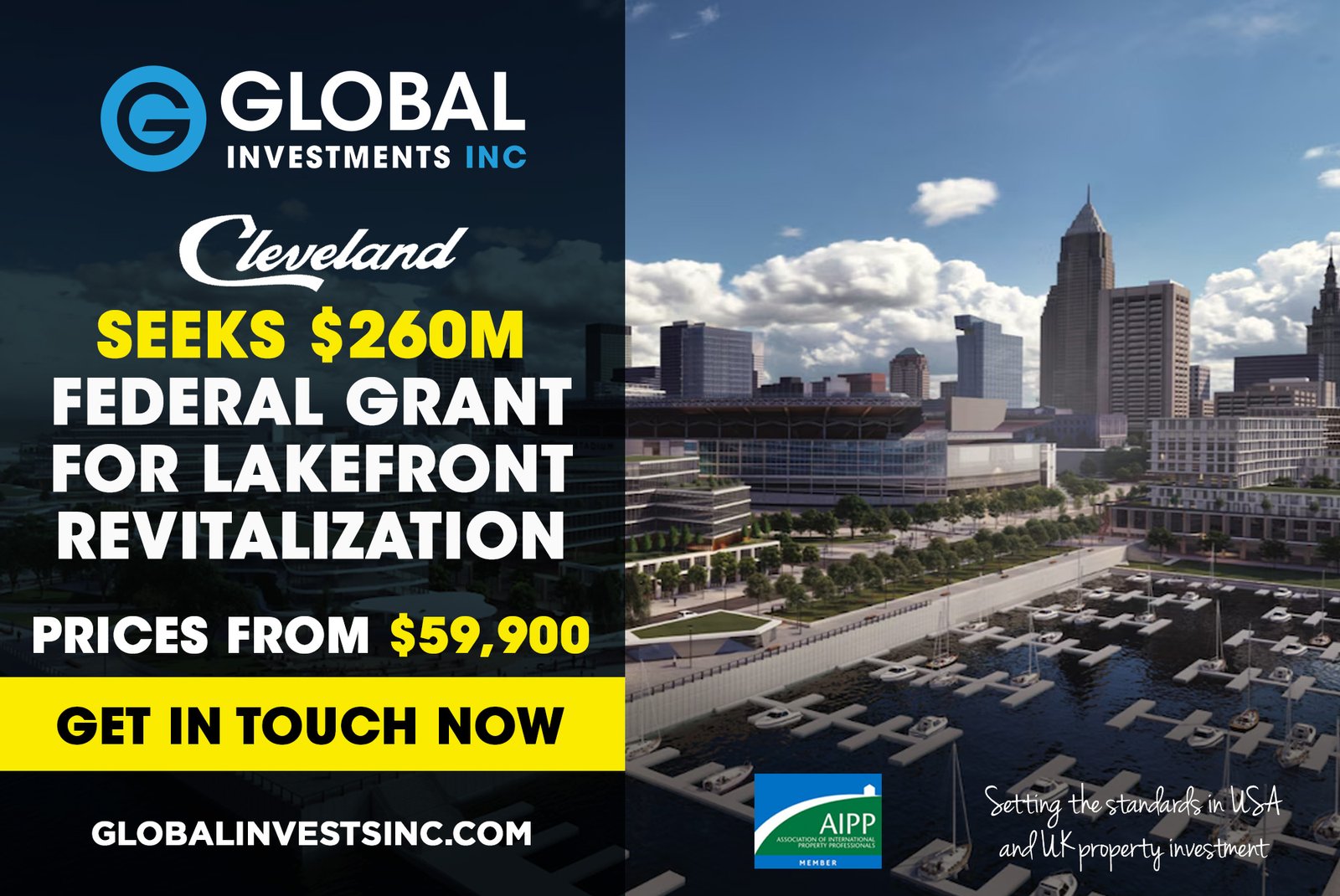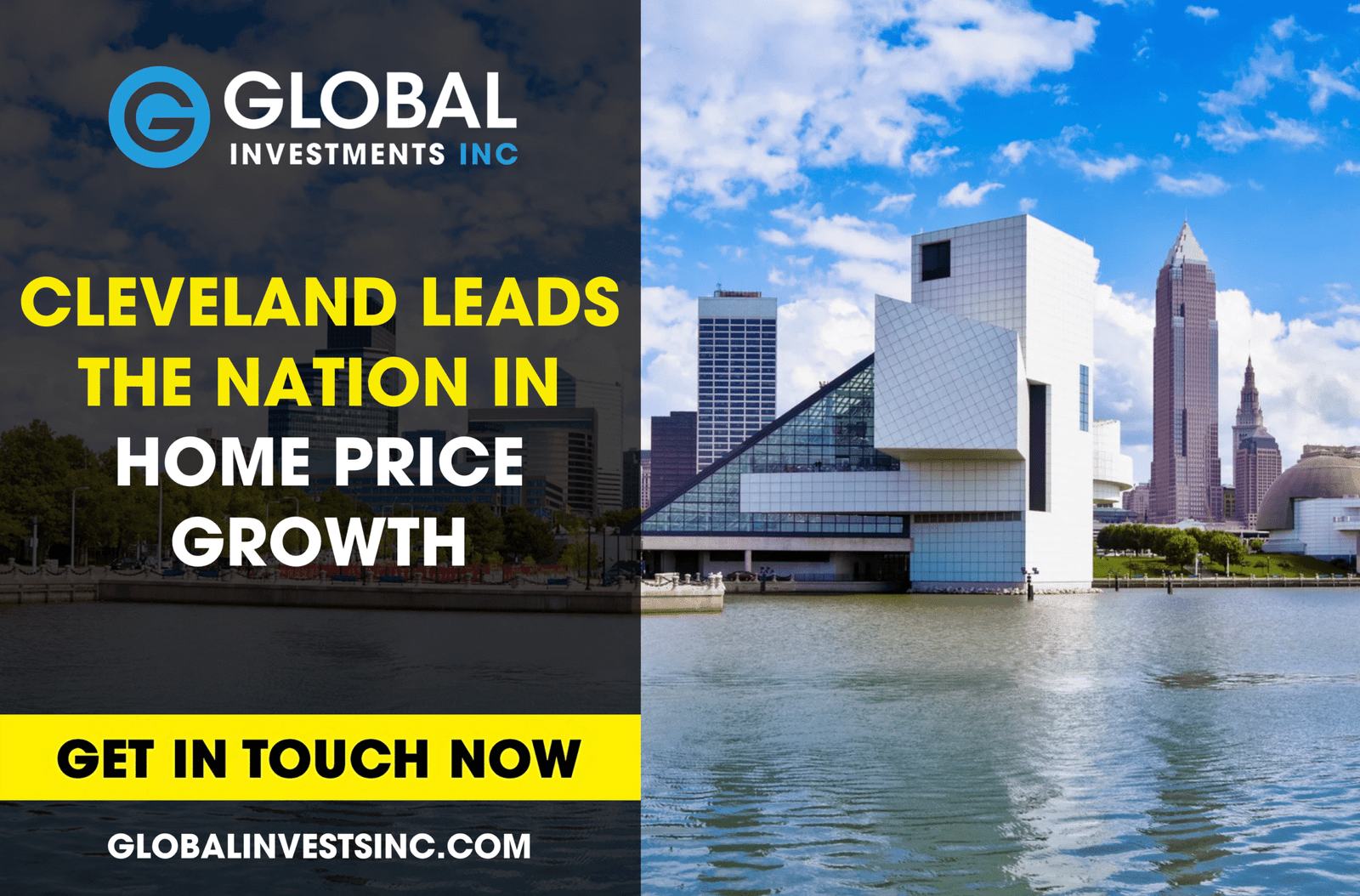
Cleveland Leads the Nation in Home Price Growth: A Booming Market for Property Investors
Cleveland Leads the Nation in Home Price Growth: A Booming Market for Property Investors In a remarkable turn of events, Cleveland has emerged as the leader among the top 40 U.S. metropolitan areas in home price growth, according to a recent report by the Federal Housing Finance Agency. For property investors, this news confirms what many have already begun to see on the ground: Cleveland’s real estate market is not only resilient, it’s thriving—and it’s primed for strategic investment. Unprecedented Growth and Market Momentum As of early 2025, Cleveland recorded a staggering 10.3% year-over-year increase in home prices, outpacing cities like Miami, San Diego, and Tampa. This marks the city’s most significant appreciation rate in recent years and sends a powerful signal to investors looking for strong growth potential. What’s even more compelling is that Cleveland’s rapid appreciation comes from a base of affordability. Unlike overheated coastal markets, Cleveland still boasts one of the most accessible median home prices in the country. This combination of affordability and appreciation means investors can achieve strong returns without a high upfront capital commitment. Why Cleveland Is Attracting Investors Several key factors are driving Cleveland’s rise in the real estate ranks: Economic Stability and Job Growth: The city’s economy is anchored by robust healthcare, education, and manufacturing sectors. The Cleveland Clinic, University Hospitals, and Case Western Reserve University serve as major employment hubs, attracting both skilled professionals and students. Affordability Driving Migration: As remote work becomes more prevalent, many individuals and families are leaving high-cost cities in favor of more affordable markets. Cleveland, with its livable neighborhoods and cost-effective housing, stands out as an ideal relocation destination. Positive Impact on Rental Market The spike in home prices hasn’t priced out renters—instead, it has fueled rental market strength. Many residents, especially young professionals and students, continue to opt for rental housing, driving high occupancy rates and rental price stability. Investors who own or are looking to acquire rental properties in Cleveland benefit from strong rent-to-price ratios. In many neighborhoods, rental yields exceed national averages, and vacancy rates remain low thanks to continued demand. Moreover, the growth in property values increases the long-term appreciation potential for rental property owners. As neighborhoods continue to develop and attract new residents, both rent and resale values are expected to climb. Spotlight on Investment-Friendly Neighborhoods Several Cleveland neighborhoods offer particularly attractive opportunities for property investors: Slavic Village: Known for affordability and value-add opportunities—perfect for investors willing to renovate and reposition properties. University Circle: A hub for education and medicine, this area attracts steady rental demand from students and healthcare professionals. Glenville and Hough: Benefiting from proximity to development projects and downtown, these neighborhoods are on the upswing. Market Outlook and Investor Takeaways The factors behind Cleveland’s growth are sustainable, making the city an appealing long-term investment. The market’s fundamentals—strong local economy, infrastructure investment, and relative affordability—form a solid foundation for continued home price appreciation and rental market strength. For investors, this means: Opportunities to buy undervalued properties with high upside potential Strong rental cash flow in high-demand areas Long-term wealth building through appreciation Conclusion: Now Is the Time to Invest in Cleveland Cleveland’s position as the nation’s leader in home price growth is more than a headline—it’s a reflection of a market coming into its own. For savvy investors, this moment represents a prime opportunity to enter or expand in one of America’s most promising real estate markets. With strategic planning and neighborhood research, investors can capitalize on Cleveland’s momentum to build equity, generate income, and contribute to the city’s ongoing transformation. As 2025 unfolds, all signs point to Cleveland remaining a top destination for property investment—and the smart money is already taking notice.

